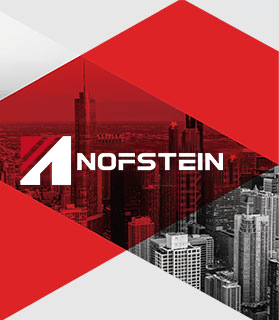Why Graphite Gland Packing is Revolutionizing Industrial Sealing Solutions Industrial sealing technologies have evolved significantly, with graphite g...
READ MORE
-
-
Comprehensive Understanding of Graphite Gland Packing Technology Graphite gland packing represents a significant advancement in sealing technology, of...
READ MORE -
Graphite gland packing is a cornerstone in industrial sealing, prized for its exceptional performance in demanding environments. This article delves ...
READ MORE -
High-temperature metal gaskets are critical components in industries such as oil & gas, power generation, chemical processing, and aerospace. They...
READ MORE -
Gaskets play a critical role in industrial sealing, ensuring leak-proof connections in high-pressure and high-temperature environments. Among the most...
READ MORE
When installing spiral metal gaskets, what are the key steps and precautions to ensure the sealing effect?
When installing spiral metal gaskets, a series of key steps and precautions need to be followed to ensure the sealing effect. The following is a summary based on industry experience and relevant information:
Key installation steps
Preparation:
Make sure all installation tools and materials (such as torque wrenches, lubricants, cleaning cloths, etc.) are ready.
Check whether the size, material and appearance of the spiral metal gasket meet the requirements, and ensure that there is no damage, cracks or deformation.
Cleaning the flange surface:
Use a brush or cloth to carefully clean the flange surface, remove all foreign matter, oil and rust, and ensure that the flange surface is smooth and intact.
Pay attention to check the surface roughness of the flange surface to ensure that it meets the requirements of the spiral metal gasket.
Check the flange and bolts:
Check whether the form, size and sealing surface of the flange meet the requirements, and ensure that there are no defects such as mechanical damage, planing car marks, radial notches, etc.
Check whether the material, size and thread of the bolts and nuts match, and ensure that there are no bends, spots and burrs.
Positioning gasket:
Place the spiral metal gasket between the two flanges, making sure that the gasket is in the center and not tilted.
Pay attention to the installation direction of the gasket. If there are special requirements, install it according to the manufacturer's instructions.
Apply lubricant:
Apply an appropriate amount of lubricant on the flange sealing surface and the force-bearing surface of the gasket to reduce friction and wear.
Make sure that the lubricant does not contaminate the flange surface or the surface of the gasket.
Pre-tightening bolts:
Use a torque wrench or other tightening tool to pre-tighten the bolts according to the specified torque requirements.
When pre-tightening, follow the "cross symmetry principle" and tighten the bolts step by step in multiple times to ensure that the gasket is evenly stressed.
Final inspection:
After completing the installation, perform a final inspection to ensure that all bolts have been tightened in place and the gasket has not shifted or damaged.
Perform necessary leakage tests to verify the sealing effect.
Precautions
Avoid damaging the gasket:
During the installation process, avoid using sharp tools or excessive force to damage the gasket.
Make sure that there are no scratches, dents, or other damage on the gasket surface.
Ensure flange parallelism:
The two flanges must be on the same center line and parallel to avoid leakage caused by uneven force on the gasket.
Do not use bolts or pointed steel chisels to insert into the bolt holes to correct the flanges.
Control preload:
The preload should be moderate and uniform. Excessive or insufficient preload may affect the sealing effect.
Follow the torque requirements provided by the manufacturer or consult professional technicians to determine the appropriate preload.
Use appropriate lubricants:
Choose lubricants suitable for spiral metal gaskets and avoid using lubricants that are harmful to gaskets.
Apply lubricants in appropriate and uniform amounts to avoid too much or too little.
Pay attention to ambient temperature:
When installing in a high temperature environment, consider the changes in the thermal expansion coefficient and sealing performance of the gasket.
If necessary, take appropriate cooling measures or adjust the preload to adapt to temperature changes.

 Eng
Eng  русский
русский














